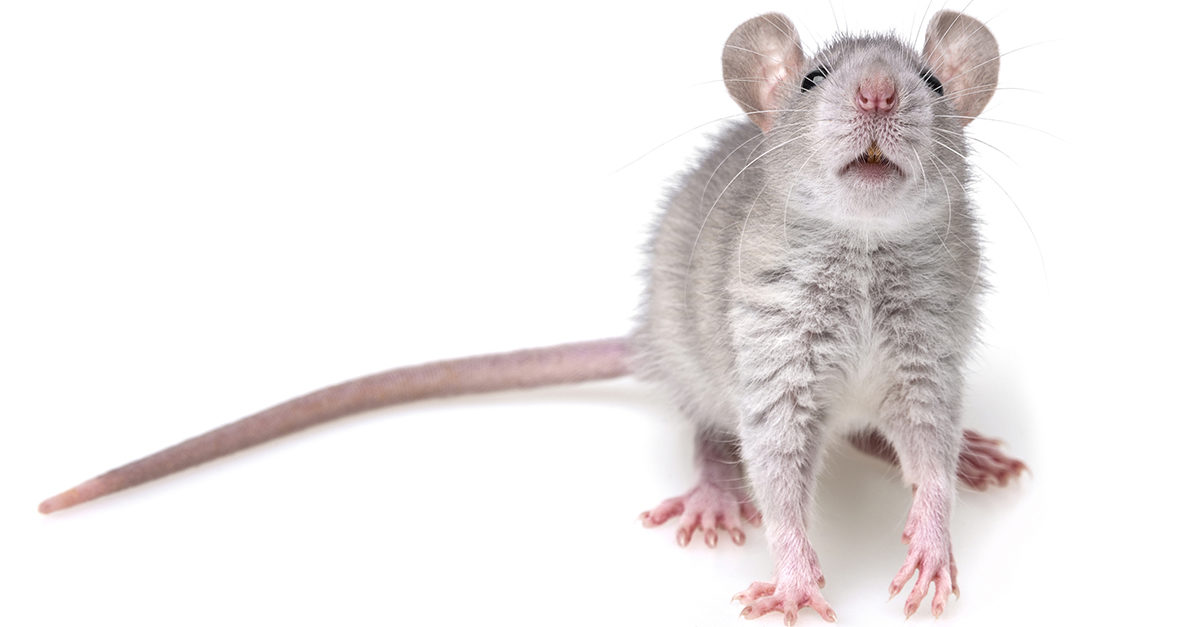If there is one thing you need to know about protecting your property from pests, it’s that you need a team. Pest issues can come into play from a variety of sources, from incoming shipments and poor sanitation to improper landscaping, so it’s crucial to use a comprehensive approach that involves your entire staff.
Staff members see and hear things on a daily basis that you may never notice, and they have access to areas that you might not frequent. Arming them with some basic pest control knowledge can lead to increased efficiency and significant financial savings at your property. That’s why it is crucial to have them on board with all your pest management efforts. The following steps, referred to as a TEAMS approach, can help to develop a successful pest control program:
- Train your staff.
- Establish open communications.
- Assign roles and responsibilities.
- Maintain a pest-sighting protocol.
- Sustain an environment of education.
Train Your Staff
Because pest pressure can be detrimental to the satisfaction of your tenants and guests, it’s more than just an additional task for your employees. It’s crucial they know what to look for and incorporate an eye for pest management into their daily activities. To do this, they’ll need some training on the specific pest pressures your property faces and often-overlooked signs of pest activity.
Most reputable pest control providers offer complimentary staff training, so if you have one, ask your pest management professional to conduct an on-site training session for your team. This training session will give staff the chance to meet your pest management professional face-to-face, an important step that allows staff to become comfortable enough with your pest management team to communicate any issues with them.
It’s imperative that your staff members understand the key components of Integrated Pest Management (IPM)—an approach that implements myriad proactive techniques to help keep pest pressures at a minimum—and their role in how proper maintenance can reduce pest activity in your facility. IPM focuses on preventing pests through a combination of non-chemical solutions, relying on chemical treatments as a last resort, and only then the least toxic formulation. When your employees understand this approach, they are more likely to do their part.
Your pest management professional should not only discuss the basics of IPM, but also educate your team on conducive conditions and pest hot spots that are specific to your facility. Conducive conditions are environments within or around your establishment that are favorable for pest activity, such as standing water, excessive condensation, improper drainage, and humidity. Pest hot spots are the key areas inside and outside your building that pests target as entry or harborage points. These areas are in constant danger of being penetrated by pests and are areas that currently or have previously had pest issues.
Establish Open Communication
In order for your team to be successful, there must be open and ongoing communication to disperse important information and keep your pest management decisions proactive, rather than reactive. Maintaining a proactive approach can help minimize the need for chemical treatments.
This open dialogue includes keeping employees in the loop about proactive pest management initiatives and even providing notice to employees of upcoming pesticide applications. It also can include communicating with staff about the potential of bringing pests, particularly bed bugs, into the facility from home.
Assign Roles and Responsibilities
Misunderstood roles can disrupt your pest management program. As a result, it’s important to educate employees on the importance of your IPM program and the part they play in making it a success.
To make sure there is an eye on each potential pest attractor or entry point, consider assigning each person to a specific pest management role based on their daily responsibilities. For example, staff members who handle sanitation at the facility should monitor for any liquid or product spills, as well as strong odors that may attract pests. A staff member responsible for exterior maintenance of the building could monitor for holes or gaps in the building and seal them immediately to help prevent pest entry.
Maintain a Pest-Sighting Protocol
Even with the most stringent pest management program in place, there is still a risk of pests finding their way inside. Because of this, each staff member must know who they should notify in the event of a pest issue. Establish a pest-sighting protocol that identifies key staff members who should receive pest-sighting reports and lays out a clear communication process for reporting a pest incident. This is as important as acting proactively to prevent pests.
Here are several examples of steps that can be included in a pest sighting protocol: catch one of the insects seen in or around your facility and provide it to your pest management professional; record and communicate when and where the pest was seen; and provide your pest management professional with assistance as he/she determines how pests may have found a way inside the facility.
Sustain an Environment of Education
Because the science of pest management is always changing, your employees need continued education to keep your property on the cutting edge of pest control. Your pest management professional can likely provide educational materials to share with your employees, such as tip sheets and checklists that may help with their sanitation and maintenance routines. Consider including seasonal pest management tips in regular newsletters to keep these issues top-of-mind. You may also consider having your pest management professional provide training sessions on specific pest problems, such as bed bugs, which require their own specific solutions and protocols.
To help ensure a win against pests in and around your property, your employees need to be on the field supporting your efforts. When it comes to pest management, you can’t be the only one carrying the burden at your facility. Coach your staff on the efforts and take your program to the next level.



